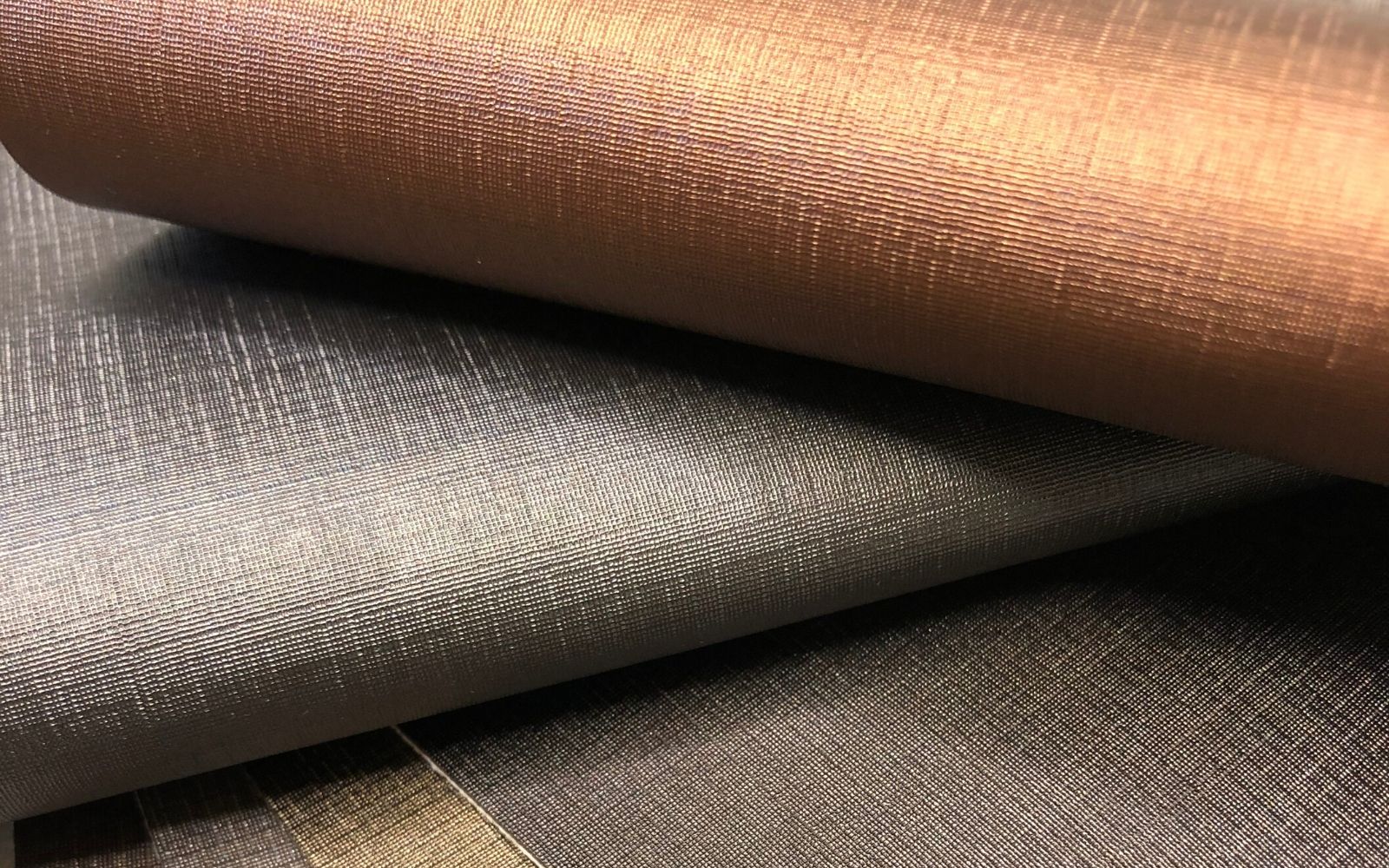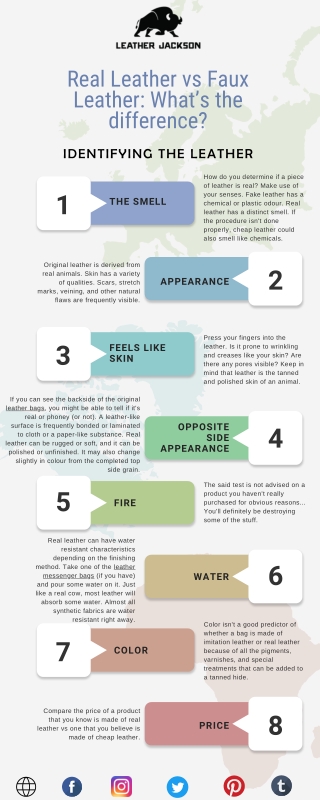When it comes to choosing a sofa, one of the main decisions you'll have to make is whether to go for genuine or faux leather. Both options have their own set of pros and cons, so it's important to understand the differences between the two before making a decision. Genuine leather is made from animal hide, typically from cows, while faux leather is a synthetic material that mimics the look and feel of real leather. While both may look similar at first glance, they have distinct characteristics that set them apart. Genuine Leather vs Faux Leather: What's the Difference?
This is a question that many people struggle with when buying a new sofa. While genuine leather may seem like the obvious choice for a high-end, luxurious look, faux leather has its own set of benefits that make it a popular option as well. One of the main advantages of genuine leather sofas is their durability. Real leather is a natural material that can withstand wear and tear for many years, making it a good investment for those looking for a long-lasting piece of furniture. Faux leather, on the other hand, may not hold up as well over time and may show signs of wear and tear more quickly. Genuine vs Faux Leather Sofas: Which is Better?
As with any material, there are pros and cons to both genuine and faux leather couches. Genuine leather, while durable, can be quite expensive. It also requires more maintenance, such as regular cleaning and conditioning, to keep it looking its best. Faux leather, on the other hand, is more affordable and requires less maintenance, but it may not have the same level of quality and longevity as genuine leather. Another factor to consider is the environmental impact. Genuine leather is a natural material, while faux leather is a synthetic material made from chemicals. This means that genuine leather may be considered more environmentally friendly, but it also means that animals were used in the production process. Faux leather, on the other hand, does not involve the use of animals, but it may contribute to pollution and waste in the environment. Genuine vs Faux Leather Couches: Pros and Cons
As mentioned earlier, genuine leather is known for its durability. It can withstand scratches, spills, and other types of wear and tear without showing much damage. However, it is important to note that not all genuine leather is created equal. The quality of genuine leather can vary depending on the type of animal hide used and the tanning process. Faux leather, on the other hand, may not hold up as well over time. It is more susceptible to tears and peeling, especially in high-traffic areas. This means that while faux leather may be a more affordable option, you may end up having to replace it sooner than you would a genuine leather sofa. Genuine vs Faux Leather Furniture: Which is More Durable?
When it comes to cleaning, genuine leather has the upper hand. It can be easily wiped down and cleaned with a damp cloth, and spills are less likely to stain or seep into the material. However, as mentioned earlier, genuine leather does require regular maintenance, such as conditioning, to keep it looking its best. Faux leather, on the other hand, is not as easy to clean. Stains and spills may be more difficult to remove, and the material may be more prone to showing dirt and grime. However, it does not require the same level of maintenance as genuine leather. Genuine vs Faux Leather Upholstery: Which is Easier to Clean?
As mentioned earlier, genuine leather is a natural material made from animal hide. This means that it may be considered more environmentally friendly, as it is a renewable resource. However, the process of tanning leather can involve the use of chemicals that can be harmful to the environment. Faux leather, on the other hand, is a synthetic material made from petroleum-based products. This means that it is not biodegradable and can contribute to pollution and waste in the environment. However, it does not involve the use of animals in its production. Genuine vs Faux Leather: Which is More Environmentally Friendly?
In general, faux leather is more affordable than genuine leather. This is because faux leather is a synthetic material, which means it is cheaper to produce. However, as mentioned earlier, genuine leather may be a better long-term investment due to its durability. It all depends on your budget and priorities when it comes to choosing between the two options. Genuine vs Faux Leather: Which is More Affordable?
When it comes to appearance, genuine leather may have the edge in terms of luxury. Its natural grain and texture give it a unique and high-end look that is hard to replicate with faux leather. However, faux leather can also look quite similar to genuine leather, especially to the untrained eye. It all depends on the quality of the material and the production process. Genuine vs Faux Leather: Which Looks More Luxurious?
This is another important factor to consider when choosing a sofa. Genuine leather is known for its softness and pliability, which can make it comfortable to sit on. It also adjusts to your body temperature, making it feel cozy in colder weather. Faux leather, on the other hand, may not be as soft and may not have the same level of comfort. Genuine vs Faux Leather: Which is More Comfortable?
If you have pets, this is an important consideration when choosing a sofa. Genuine leather is more resistant to scratches and stains from pet claws, making it a better option for pet owners. Faux leather may be more prone to tearing and peeling, especially if your pets like to scratch or chew on furniture. However, both options can be damaged by pets, so it's important to take proper precautions and train your pets to stay off the furniture. Genuine vs Faux Leather: Which is Better for Pets?
The Benefits of Choosing a Genuine Leather Sofa Over a Faux Leather Sofa

Quality and Durability
 One of the main differences between a genuine leather sofa and a faux leather sofa is the quality and durability.
Genuine leather
is made from real animal hide, making it a natural and durable material. It is known for its strength and ability to withstand wear and tear, making it a long-lasting investment for your home. On the other hand,
faux leather
is made from synthetic materials such as polyurethane or vinyl. While it may look similar to genuine leather, it is not as durable and can easily wear and tear over time.
One of the main differences between a genuine leather sofa and a faux leather sofa is the quality and durability.
Genuine leather
is made from real animal hide, making it a natural and durable material. It is known for its strength and ability to withstand wear and tear, making it a long-lasting investment for your home. On the other hand,
faux leather
is made from synthetic materials such as polyurethane or vinyl. While it may look similar to genuine leather, it is not as durable and can easily wear and tear over time.
Appearance and Texture
 Another important factor to consider when choosing between a genuine leather sofa and a faux leather sofa is the appearance and texture.
Genuine leather
has a unique and natural grain pattern that adds character and charm to any room. It also has a soft and supple texture that becomes even more comfortable with use. On the other hand,
faux leather
often has a uniform and artificial look and feel, lacking the natural beauty and texture of genuine leather.
Another important factor to consider when choosing between a genuine leather sofa and a faux leather sofa is the appearance and texture.
Genuine leather
has a unique and natural grain pattern that adds character and charm to any room. It also has a soft and supple texture that becomes even more comfortable with use. On the other hand,
faux leather
often has a uniform and artificial look and feel, lacking the natural beauty and texture of genuine leather.
Comfort and Maintenance
 Comfort and maintenance are also important factors to consider when choosing a leather sofa.
Genuine leather
has a breathable quality that makes it comfortable to sit on, especially during hot weather. It also requires minimal maintenance, only needing to be wiped down with a damp cloth and conditioned every few months to keep its natural oils intact. On the other hand,
faux leather
can be uncomfortable to sit on for extended periods and may require more frequent cleaning to maintain its appearance.
Comfort and maintenance are also important factors to consider when choosing a leather sofa.
Genuine leather
has a breathable quality that makes it comfortable to sit on, especially during hot weather. It also requires minimal maintenance, only needing to be wiped down with a damp cloth and conditioned every few months to keep its natural oils intact. On the other hand,
faux leather
can be uncomfortable to sit on for extended periods and may require more frequent cleaning to maintain its appearance.
Environmental Impact
 Lastly, it is important to consider the environmental impact of your choice when purchasing a leather sofa.
Genuine leather
is a natural and renewable resource, making it a more sustainable option. It also has a longer lifespan, reducing the need for frequent replacement. On the other hand,
faux leather
is made from synthetic materials that require a significant amount of energy and resources to produce, contributing to environmental pollution.
In conclusion, while a faux leather sofa may seem like a more affordable and convenient option, choosing a genuine leather sofa has many benefits that make it a worthwhile investment for your home. From its quality and durability to its unique appearance and environmental impact, it is clear that genuine leather is the superior choice when it comes to choosing a leather sofa for your house design. So next time you are in the market for a new sofa, consider the long-term benefits of investing in a genuine leather one.
Lastly, it is important to consider the environmental impact of your choice when purchasing a leather sofa.
Genuine leather
is a natural and renewable resource, making it a more sustainable option. It also has a longer lifespan, reducing the need for frequent replacement. On the other hand,
faux leather
is made from synthetic materials that require a significant amount of energy and resources to produce, contributing to environmental pollution.
In conclusion, while a faux leather sofa may seem like a more affordable and convenient option, choosing a genuine leather sofa has many benefits that make it a worthwhile investment for your home. From its quality and durability to its unique appearance and environmental impact, it is clear that genuine leather is the superior choice when it comes to choosing a leather sofa for your house design. So next time you are in the market for a new sofa, consider the long-term benefits of investing in a genuine leather one.












































